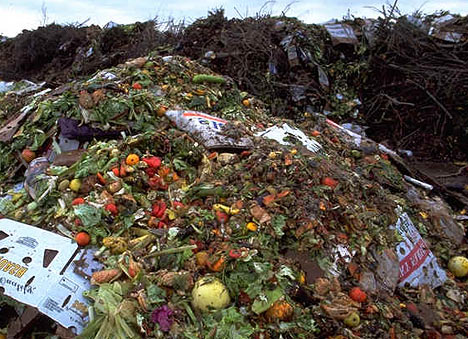A major problem that we face today is food waste. Every year, about one third of the world’s food and 40% of food in America goes to waste. This is problematic for several reasons. Discarded food wastes a huge amount of water; about 250 cubic kilometers per year, and costs producers about $750 billion annually. Additionally, it is estimated that food that is not eaten produces 3.3 billion tons of greenhouse gases. While this is going on, 1 in 8 people globally are undernourished. Food waste occurs at every level of production, although a majority of it happens during production.
Food and Agriculture Organization of the United Nations lists 3 actions that can be taken against unnecessary waste: reducing overall waste, re-using in the food chain, and recycling and recovery. The EPA reports that East Bay Municipal Utility District has begun to use anaerobic digestion to convert food waste into energy.
The former president of Trader Joe’s, Doug Rauch, has also been pursuing a way to decrease food waste. He created a project in Boston called Daily Table with the goal of making nutritious food more widely available by repackaging and reselling food that is slightly past its sell-by date at a discounted price. Although many might shy away from food that is supposedly expired, the NRDC has reported that expiration date labels are often misleading and unsystematic due to loose federal standards. Americans often trash products that are still edible based upon sell-by dates that do not give information about the food’s shelf-life. Nevertheless, it will be a challenge to sell food products that people think of as rejected or surplus. Rauch is aware of this, and is currently working on disseminating information about food safety. The store is set to open next year.
Written by Leslie Wolf, Class of 2015

